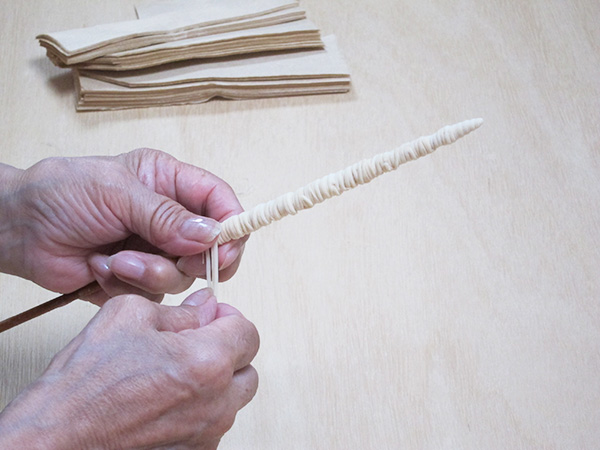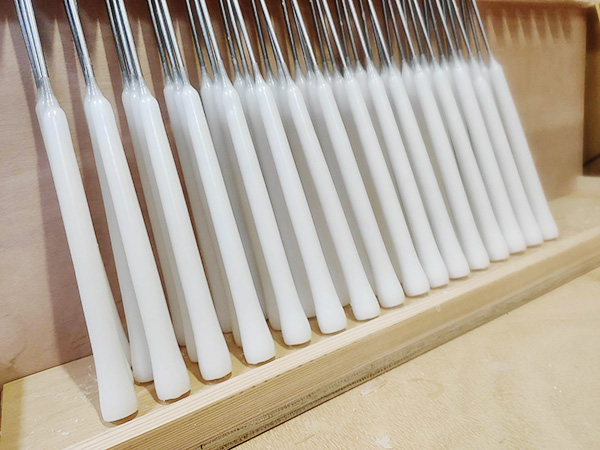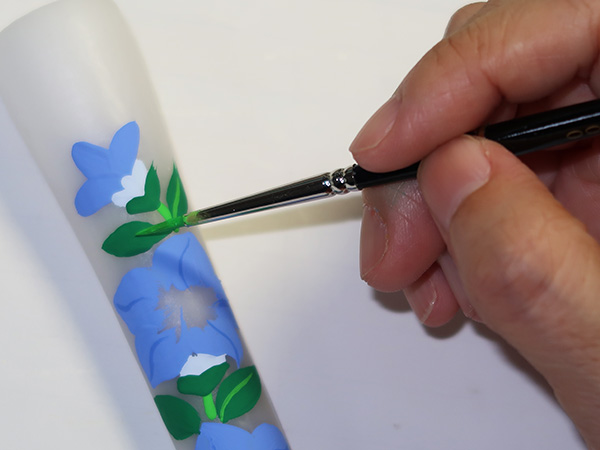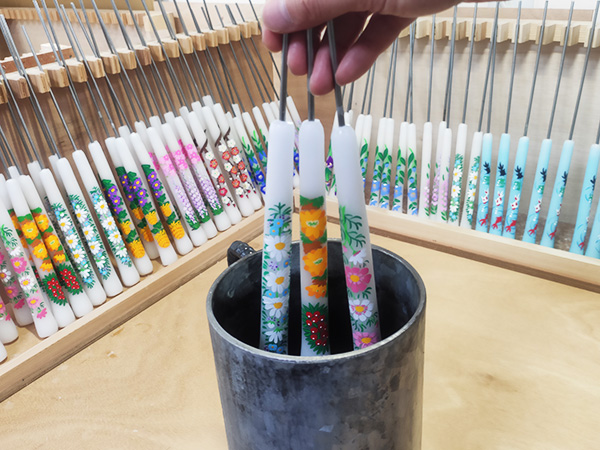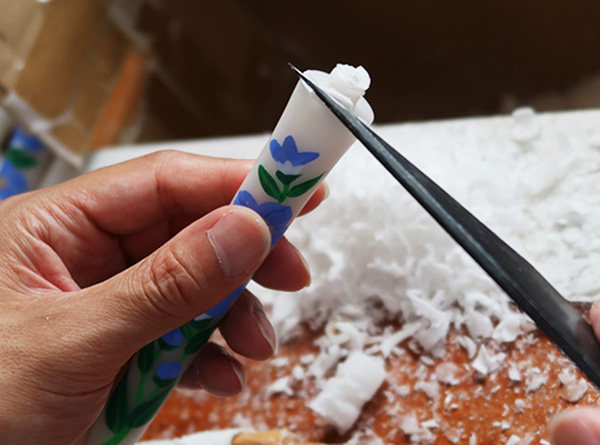History of Aizu painted candle and Now
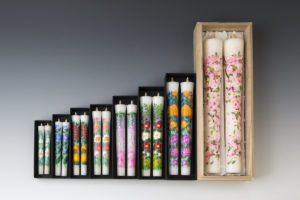
About 500 years ago, during the Hotoku era, the lord of Aizu, Morinobu Ashina, encouraged the cultivation of lacquer trees, and along with the production of lacquer ware, wax was collected from the fruits of the lacquer trees to make candles.
After that, Gamo Ujisato and others invited engineers from Omi Province to enthusiastically make improvements, and from this time on, paintings began to be drawn.
Furthermore, with the protection of successive feudal lords, it has developed as a folk art work.
It is said that picture candles, which have both use and beauty, are used as gifts to the shogunate and as souvenirs for other clan, and sold to the daimyo of each country to moisten the clan's finances.
Until the Edo period, it was a valuable item used on special occasions such as dedication to shrines and weddings of upper class people.
It is said that the word "flower candles" was coined because a pair of picture candles were lit at the wedding ceremony. In the Meiji era, it supported the common people as a light of life.
It is said that in Aizu, Snow Country, it has become possible to offer picture candles to Buddhist altars during the flowerless season.

Aizu Painted Candles Festival The feelings that the people of Aizu have for picture candles are still the same. Every February, the "Aizu Painted Candles Festival" is held in various parts of the city, centering on Tsuruga Castle and Oyakuen.
The soft light of the candles that illuminate Tsuruga Castle heals and soothes visitors.
Aizu painted candles manufacturing process
Introducing the production process of Aizu painted candles.

